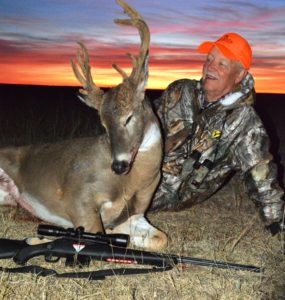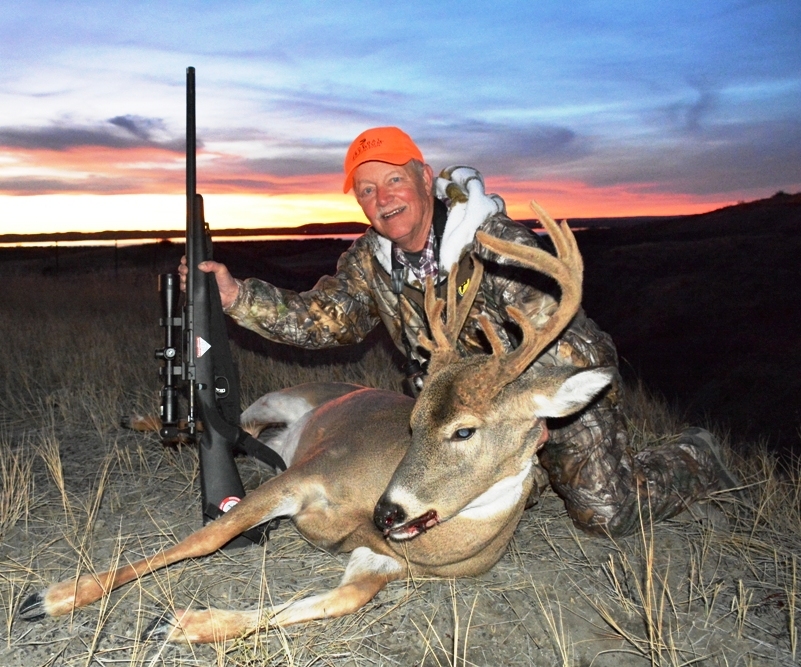Antler growth among the deer family including whitetails, mule deer, elk, moose, and others is among the most unique happenings in nature. Normally, deer antlers are fairly symmetrical, especially in immature animals. As males reach maturity and beyond, their antlers may grow differently on one side than the other. Additionally, injuries to a whitetail may affect the growth of antlers. Car strikes, fights between breeding bucks, or wounds inflicted by hunters may cause antler deformities.
Deformity Jackpot
 Whitetail bucks with antler deformities are considered rare, although genes carried by males in certain parts of the country seem to generate more non-typical antlers than usual. More rare are “stags,” that is bucks that do not lose velvet from their antlers in early fall. This also may be due to injury to the testicles or an abnormality that causes the buck to keep its velvet year round.
Whitetail bucks with antler deformities are considered rare, although genes carried by males in certain parts of the country seem to generate more non-typical antlers than usual. More rare are “stags,” that is bucks that do not lose velvet from their antlers in early fall. This also may be due to injury to the testicles or an abnormality that causes the buck to keep its velvet year round.
In 2016, I had the good fortune to take a deer with both features, non-typical and stag characteristics. I was unable to research the probability of both circumstances on a single animal, but suspect that they are quite rare.
From the Biologist
Bob Humphrey is both an experienced outdoor writer and wildlife biologist by trade. As a result, he has plenty of factual information to support his opinions and if you’ve ever wondered about the antler growth process, he condenses it into a single paragraph.
https://www.realtree.com/deer-hunting/galleries/5-reasons-bucks-have-antler-growth-deformities



















![The Best Deer Camp Chili [VIDEO] Deer Chili Ingredients, Tomatoes, Chili Spices](/wp-content/uploads/2015/10/Deer-Chili-Deer-Camp-Recipe-218x150.jpg)
![How to Call Elk Early in the Season [VIDEO]](/wp-content/uploads/2016/08/byers003-218x150.jpg)




![Idiots Disturb Hunter: How Would You Have Handled It? [VIDEO]](/wp-content/uploads/2015/10/DSC00110-e1474487693878-100x70.jpg)
![Albino Buck Shocked to Shed His Antlers [VIDEO]](/wp-content/uploads/2015/10/AlbinoDeer-100x70.jpg)